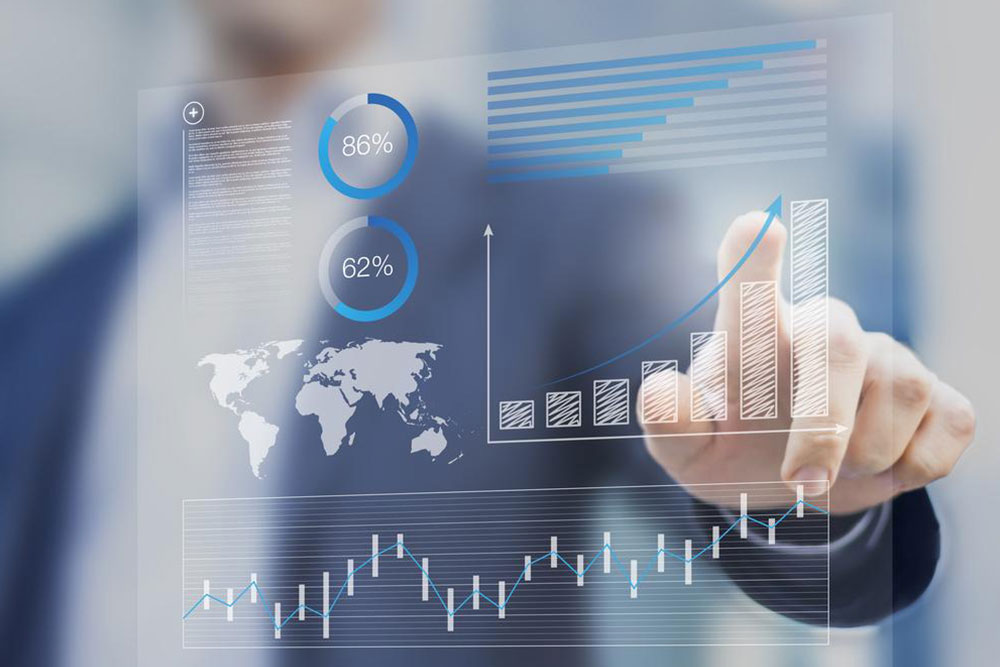Top Business Intelligence Dashboards to Watch in 2017
Discover the top business intelligence dashboards of 2017 that enhance data analysis and decision-making. From SiSense's fast analytics to Birst's unified data management, these tools are vital for modern organizations seeking smarter insights. Explore features, pricing, and how each dashboard can optimize your business processes.

Top Business Intelligence Dashboards to Watch in 2017
In today's data-driven world, implementing effective business intelligence tools like dashboards is crucial. These dashboards streamline vast amounts of information, preventing data overload and enhancing clarity. By leveraging visual elements such as charts and graphs, they simplify complex data analysis and foster strategic decision-making.
Here are four leading BI dashboards from 2017:
SiSense
SiSense delivers agile analytics for organizations overwhelmed with scattered data. It features innovative In-Chip technology, enabling rapid data processing and integration from multiple sources with ease. No specialized IT staff is required, and pricing is customizable.
SAP Crystal Reports
Ideal for small to medium businesses, this software allows users to craft detailed, interactive reports in diverse languages, including Mandarin, Russian, Dutch, Italian, Spanish, Japanese, German, French, and English.
This platform converts almost any data source into dynamic insights accessible online, offline, via mobile devices or portals. Pricing starts at $495 per user for a one-time purchase, with upgrades costing $295 per user.
Dundas
With a responsive, touch-friendly interface, Dundas offers flexible data visualization, enabling users to prepare, explore, and generate personalized, interactive dashboards. It supports team collaboration, ad-hoc queries, and seamlessly integrates with any data source across devices, in real-time. Its pricing model is adaptable.
Birst
The Birst dashboard architecture prevents data silos by promoting decentralized data management within a unified governance framework. It provides self-service analytics, predictive insights, and executive reporting, suitable for various business sizes with tiered pricing options.









